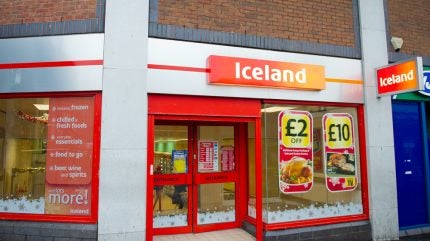
In March 2025, UK shop price inflation experienced a modest increase, with overall prices decreasing by 0.4% compared to a 0.7% decline in February.
This marks a continuation of the deflationary trend in retail prices, albeit at a reduced rate.
The British Retail Consortium (BRC) attributes this shift to various factors impacting both food and non-food sectors.
Non-food items maintain deflationary trend
Non-food items saw a year-on-year deflation of 1.9% in March, slightly improving from a 2.1% decline in February. Categories such as clothing and footwear experienced notable price reductions, reflecting subdued consumer demand.
The BRC highlighted that retailers are striving to shield customers from mounting cost pressures, resulting in continued price decreases across most non-food segments.
Food prices experience moderate inflation
Conversely, food prices exhibited a modest inflationary trend. Overall food inflation rose to 2.4% year-on-year in March, up from 2.1% in February.

US Tariffs are shifting - will you react or anticipate?
Don’t let policy changes catch you off guard. Stay proactive with real-time data and expert analysis.
By GlobalDataWithin this category, fresh food inflation slightly decreased to 1.4%, while ambient food inflation, which includes products like alcoholic and non-alcoholic beverages, increased to 3.7%.
The BRC noted that changes in duties and lingering effects of high global sugar prices have contributed to these price adjustments.
Anticipated cost increases for retailers
Looking ahead, retailers are preparing for significant additional costs stemming from recent fiscal policies. The latest budget introduces higher employer National Insurance Contributions and increased minimum wage rates, measures projected to add approximately £5 billion in expenses for the retail sector.
These changes are likely to exert upward pressure on prices in the coming months. Furthermore, the introduction of new packaging taxes later this year is expected to further impact operational costs.
The BRC underscores the importance of careful implementation of the Employment Rights Bill and business rates reform to avoid exacerbating cost burdens and administrative complexities for retailers.
As the industry navigates these challenges, retailers are employing strategies such as seasonal promotions and targeted price reductions to attract consumers and maintain footfall, particularly in the lead-up to the late Easter period.



